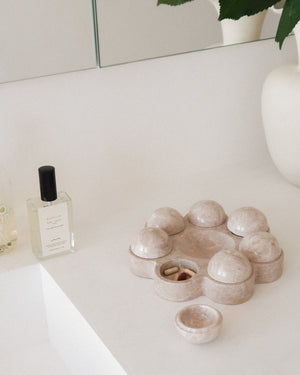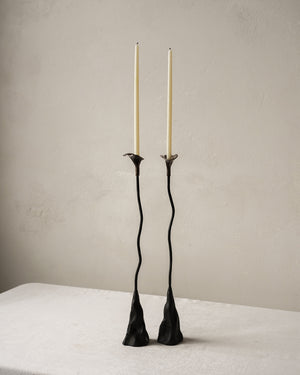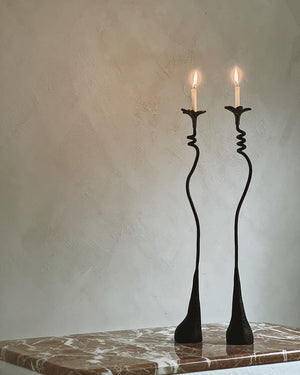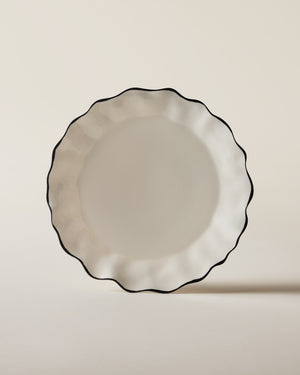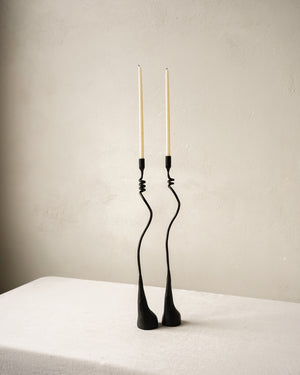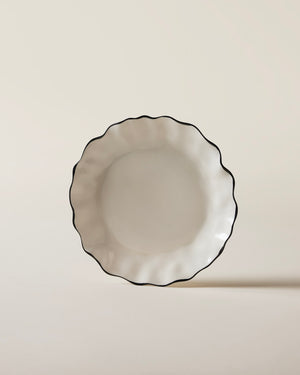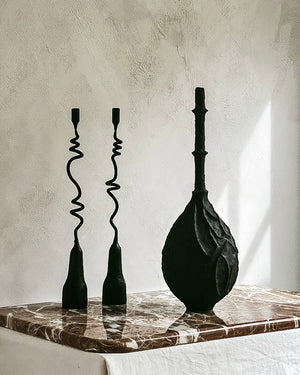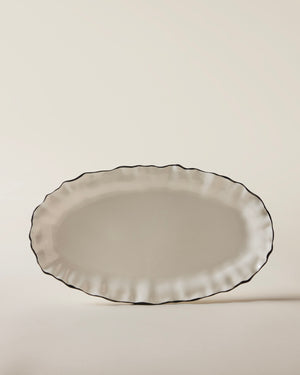CUBISM 101
 |
Cubist Art and Design:
Cubism originated as a meeting of the minds between Paris-based artists Pablo Picasso and Georges Braque in 1907. The duo, inspired by French artist Paul Cézanne and non-western art, developed a new visual language of geometric planes and warped perspectives. Picasso, in particular, was fascinated by the abstract yet simplified representation of the human body found in Iberian and African art. What drew Picasso to these artistic traditions was their use of an abstract or simplified representation of the human body rather than the naturalistic forms of the European Renaissance tradition.
|
"CUBISM IS NOT A REALITY YOU CAN TAKE IN YOUR HAND. IT'S MORE LIKE A PERFUME, IN FRONT OF YOU, BEHIND YOU, TO THE SIDES, THE SCENT IS EVERYWHERE BUT YOU DON'T QUITE KNOW WHERE IT COMES FROM." - Pablo Picasso |
Pablo Picasso, Girl with a Mandolin (Fanny Tellier), 1910
|
 Pablo Picasso, Head of a Woman, 1909-1910
|
Cubist works challenged viewers to understand a subject broken down into its geometrical components and often represented from several angles concurrently. The Salon Cubists, called this because they showed their works at public exhibits, did not work closely with Picasso and Braque but were influenced by their experiments. Through the work of the Salon Cubists the movement became widely known to the European public in the early 1910s, and entered the US with quite the shock and awe at The 1913 Armory Show. Artists working in the Cubist style would later incorporate elements of collage and popular culture into their paintings and experiment with sculpture.
|
CHARACTERSITICS:
|

Marcel Duchamp, La sonate (Sonata), 1911
|
 Raymond Duchamp-Villon, The Horse, 1914
|
|
|
Georges Braque, Violin and Pitcher, 1909-1912 |
|
|
Raymond Duchamp-Villon, Maggy, 1911 |
|
|
Juan Gris, Seated Woman, 1915 |
|
Image via Pinterest |
ARTISTS AND DESIGNERS TO KNOW:
|
|
Design by Kelly Wearstler |
|
|
 Cubist-inspired desk designed by Chris Martin |
|
|
Image via Pinterest |
|
|
Juan and Paloma Garrido, Cubist Table |
|
|
Design by Kelly Wearstler |
Cubist Architecture:
By 1912 Cubism's influence had extended to architecture, most notably in France, Germany, the Netherlands, and Czechoslovakia. The architectural style reflected its fine art origins with a commitment to modernity. The common characteristics of the buildings of the Cubist movement were transparency, spatial ambiguity, form-faceting, and multiplicity. Architects also borrowed and played with concepts like abstraction, geometrization, symbolism, distortion, fragmentation, and illusion.
 |
|
|
CHARACTERSITICS:
|
 |

|
|

|
The movement centered on the simplification of building design. While heavy on concept, materials were kept practical. Early cubist buildings were made of bricks that were difficult to cut into geometric shapes and also expensive. Concrete was the alternative and quickly became the material of choice with its ability to be poured into any form. The accidental adoption of reinforced concrete structures ultimately gave cubism an edge in the building industry.

|
ARCHITECTS TO KNOW:
|
|
Frank Gehry, The Walt Disney Concert Hall, 2003 |
SHOP THE CUBISM EDIT:
|
Block Head Sculpture Vintage |
Surrealism by Anne Ganteführer-Trier |
Figurative Ceramic Sculpture Vintage |
|
Archipenko International Visionary Vintage Book |
Cubist Ceramic Sculpture Vintage |
Layers of Life III by Margo van Erkelens |
